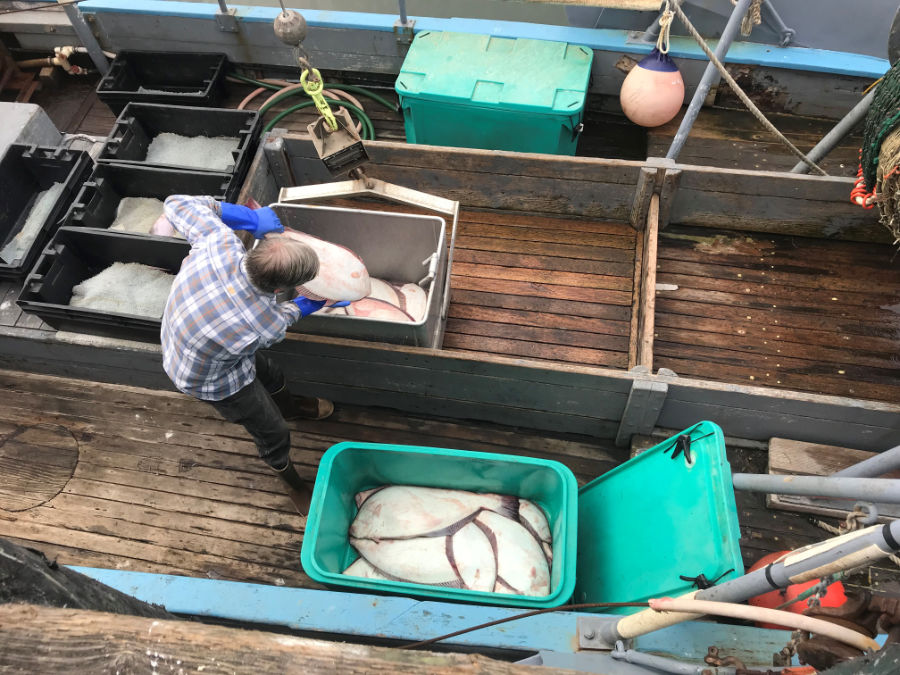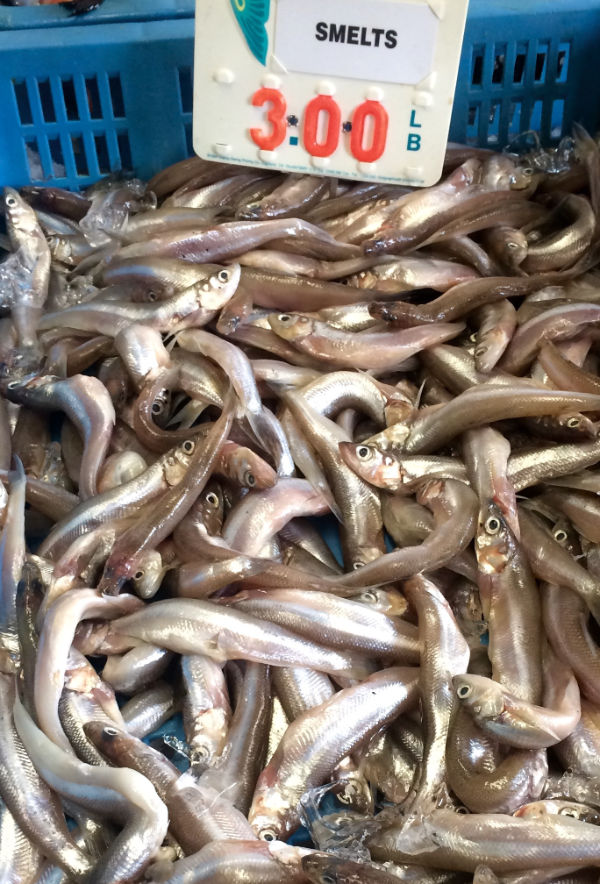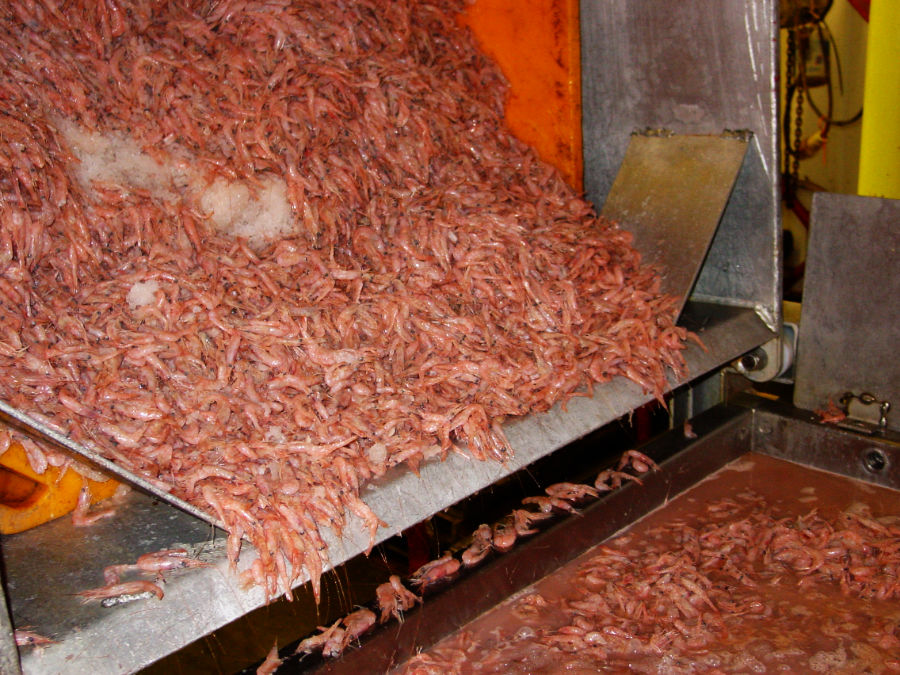This appendix draws information and conclusions from a report by California Sea Grant (Pomeroy et al. 2017) that was prepared during the information gathering phase of the Master Plan amendment process. As with the other appendices, it is anticipated this overview will continue to be expanded and refined as part of Master Plan implementation so it can serve as an effective resource to managers and stakeholders.
As discussed in Chapter 7, the following questions are provided to help managers systematically consider the socioeconomic impacts of management when developing an ESR, FMP, or rulemaking package. They are suggested as a starting point for building information and understanding about the human dimensions and socioeconomics of the state’s fisheries to support management consistent with the MLMA. Most of the questions can be applied across fishery sectors: commercial (including CPFV, recreational, and subsistence. Further definition and operationalization of the questions and terms is fishery-specific.
 California halibut being offloaded from a trawl vessel (CDFW photo by Kristine Lesyna)
California halibut being offloaded from a trawl vessel (CDFW photo by Kristine Lesyna)
Socioeconomic Objectives
Sustainable use
- How do people use the state’s fishery resources?
- What social, cultural, and economic benefits do fishery participants derive from fishing?
- What aesthetic, educational, scientific, and non-consumptive recreational benefits do non-fishery participants derive from the state’s marine resources?
- Scuba and free diving and associated newsletters/blogs by diving organizations
- Photography and filmmaking
- Scientific research inside and outside of MPAs
- Public education through dissemination of results of above
- What is necessary (and sufficient) to sustain resource use?
- Is the fishery’s human system sustainable (viable ecologically and socioeconomically)?
- How do fishery management actions affect:
- Fishery participation?
- Fishery activity/production
- Infrastructure?
- Fishing communities?
Long-term well-being of fishing-dependent people observed
- How are people dependent on fishing for food, livelihood, or recreation?
- How does fishing contribute to the well-being of:
- Fishing-dependent people?
- Fishing communities?
- Fishing economies?
- What conditions/factors affect people’s fishing for food, livelihood or recreation?
- How do changes in management, individually and cumulatively, affect their long-term well-being?
Adverse impacts on small-scale fisheries, fishing communities and economies minimized
- How does management affect the function of:
- Small-scale fisheries?
- Fishing communities?
- Fishing economies?
- How does management affect the well-being of:
- Small-scale fisheries?
- Fishing communities?
- Fishing economies?
- What are the cumulative impacts of management on:
- Small-scale fisheries?
- Fishing communities?
- Fishing economies?
Catches allocated fairly
- What are the criteria for allocating resources among fishery participants (e.g., equal shares, need, fishing history)?
- How is fairness defined and perceived by fishery participants?
- Do allocation options meet criteria for fairness?
- What are the social and economic impacts and implications of allocation options for:
- Fishery participants?
- Fishing communities?
- Fishing economies?
Prevent/reduce excess effort
- What constitutes excess effort in the fishery?
- What factors contribute to excess effort in the fishery?
- How does excess effort affect the fishery’s human (as well as ecological) system?
- What are the impacts and implications of measures to reduce excess effort for the fishery’s human system?
 Night smelt being sold at a fish market. (CDFW photo by Ken Oda)
Night smelt being sold at a fish market. (CDFW photo by Ken Oda)
Management System Objectives
Proactive/responsive to changing environmental, market, or other socioeconomic factors and concerns
- What environmental factors or concerns affect the fishery?
- What market (or broader economic) factors or concerns affect the fishery?
- What social factors or concerns affect the fishery?
- Are there new/emerging opportunities in the fishery?
- Are there new/emerging challenges or problems in the fishery?
- What are the impacts and implications of changing factors, concerns or opportunities for the fishery's human system?
Conflict resolution
- Are there actual or potential conflicts related to gear, access to the resource, or other aspects of the fishery?
- What are the impacts and implications of conflict for the fishery's human (as well as the ecological) system?
- What are the options for avoiding, mitigating, or eliminating conflict?
- What are the impacts and implications of measures to avoid, resolve, or mitigate conflict?
 Pink shrimp being processed prior to shipment. (CDFW photo)
Pink shrimp being processed prior to shipment. (CDFW photo)
Ecological System Objectives
Sustainable resource
- How do fishing practices affect the long-term health of the resource?
- What are the options for modifying or eliminating fishing practices that negatively affect the long-term health of the resource?
- How do those options affect:
- Fishery participation?
- Fishery activity/production?
- Infrastructure?
- Fishing communities?
Healthy habitat
- What are the impacts of fishing practices (gear, equipment, and their use) on habitat?
- How do measures to maintain, restore, and/or enhance habitat affect the fishery's human system?
- How do fishery participants' responses (e.g., changes in practices) to management change affect the achievement of fishery objectives?
Restore/rebuild depressed fisheries
- What factors contribute to the depressed fishery?
- What are the impacts and implications of the depressed fishery for the human system?
- How do management options for rebuilding the depressed fishery affect the human system?
- How do human system responses, in turn, affect the fishery's human and ecological systems?
Bycatch-limited
- What fishing practices are associated with unacceptable types and amounts of bycatch?
- What are the social and economic impacts of modifying these practices to address bycatch concerns?
- What are the implications of modifying these practices for fishery's human and ecological system?
Photo at top of page: Monterey pier. (yhelfman/Shutterstock photo)